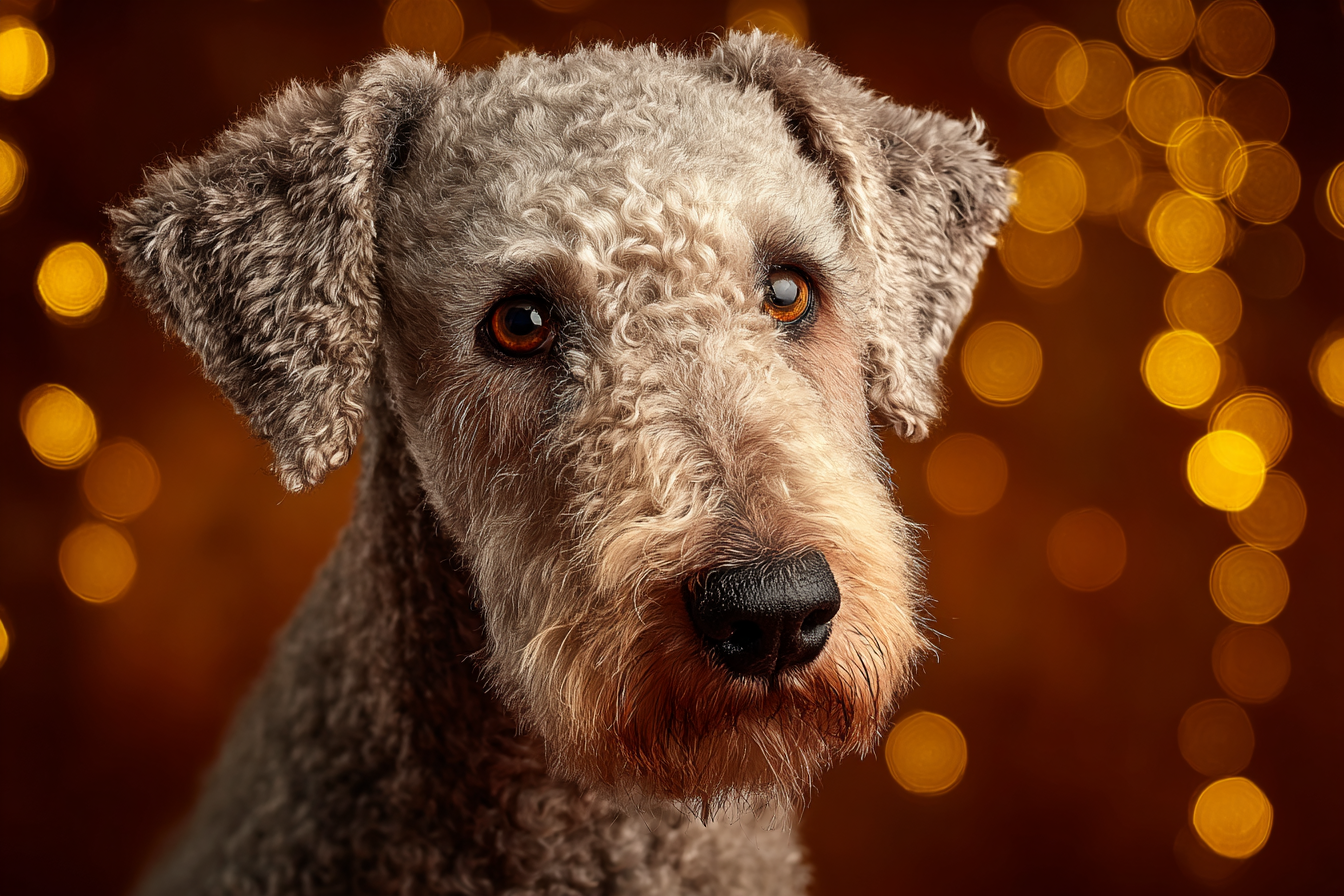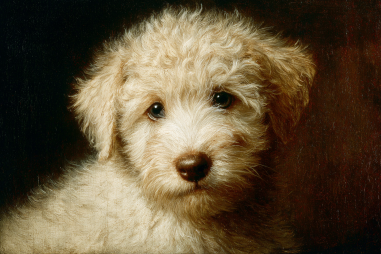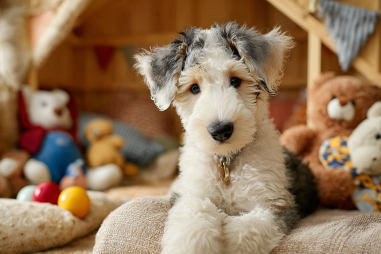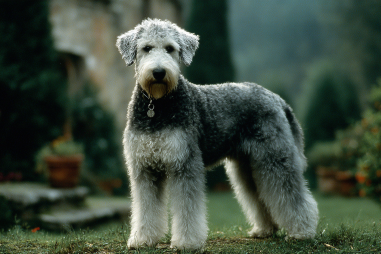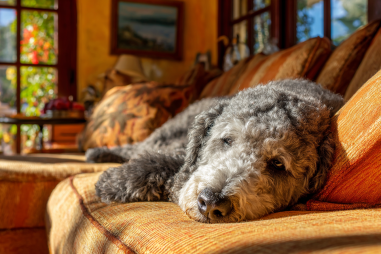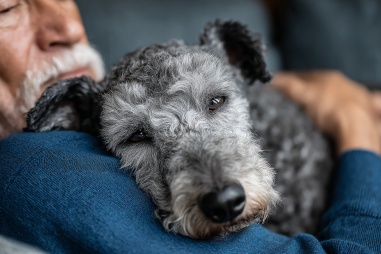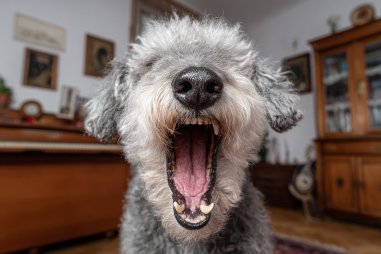Bedlington Terriers are instantly recognizable thanks to their unique, curly coat and lamb-like appearance. These charming dogs not only look adorable but also boast a coat that requires special attention to keep them looking their best. Whether you’re a new Bedlington Terrier owner or have had one for years, understanding the ins and outs of their grooming needs is essential. Proper grooming not only highlights their signature style but also ensures they stay healthy, comfortable, and free of common skin and coat troubles. Let’s dive into everything you need to know about grooming your Bedlington Terrier.
Understanding the Bedlington Terrier Coat
One of the first things you notice about a Bedlington Terrier is their distinctive coat. Unlike many other terriers, their coat is a mix of soft woolly curls combined with a slight shine, often described as resembling lamb’s wool. This unique texture comes from a combination of hard and soft hairs, which means it’s neither straight nor fluffy but resilient and dense.
Because of this special coat type, Bedlington Terriers are considered hypoallergenic to some degree—they shed less than many other breeds, which can be a bonus for owners with allergies. However, their coat doesn’t simply take care of itself. Without regular grooming, their curls can become matted and tangled, causing discomfort and increasing the risk of skin infections or irritations.
Understanding the nature of their coat sets the foundation for effective grooming and keeping their look neat and tidy.
Must-Have Grooming Tools for Bedlington Terriers
Preparing the right tools before grooming your Bedlington Terrier will make the process smoother for both you and your dog. Here are the essential grooming tools to have on hand:
- Slicker Brush: Ideal for gently detangling and removing loose hair while maintaining the coat’s softness.
- Comb with Wide and Narrow Teeth: A dual-purpose comb helps work through tougher tangles and finish off the grooming for a smooth look.
- Pin Brush: Great for fluffing and maintaining curls without damaging the coat.
- Clippers and Blades: For trimming larger areas efficiently and shaping your dog’s coat.
- Scissors with Rounded Tips: Perfect for detailed trimming around the face, feet, and ears to keep the signature Bedlington shape.
- Dog Shampoo and Conditioner: Choose gentle, moisturizing formulas suited for sensitive skin and curly coats.
- Blow Dryer or Towel: Quick drying prevents matting and keeps your dog comfortable after baths.
Having these items ready will make every grooming session enjoyable and effective.
Step-by-Step Grooming Routine for Your Bedlington Terrier
Consistency is key when it comes to grooming your Bedlington Terrier. Establishing a regular routine will keep their coat healthy and manageable. Here’s a straightforward step-by-step approach:
1. Brush Thoroughly
Start by using the slicker brush to gently remove tangles and loose hairs. Brush in the direction of hair growth with light strokes to avoid irritating your dog’s skin. Follow up with the comb to catch any remaining mats or stubborn tangles, paying careful attention to commonly problematic areas like behind the ears, under the legs, and around the collar area.
2. Bathe Occasionally
Depending on your dog’s activity level and overall coat condition, a bath every 4 to 6 weeks is typically sufficient. Use lukewarm water and a dog shampoo specifically designed for sensitive or curly coats. Rinse thoroughly to prevent any residue buildup, which can irritate the skin. Applying a conditioner will help keep the curls soft and less prone to tangling.
3. Dry with Care
After bathing, gently towel your Bedlington Terrier to absorb excess water. Using a blow dryer on a low, cool setting can help speed up the drying process and allow you to brush the coat as it dries, preventing mats from forming. If your dog is sensitive to noise, ensure you make the experience calm and positive with treats and praise.
4. Trim and Shape
Once the coat is dry, it’s time to trim and style. Use scissors and clippers to maintain the Bedlington’s characteristic rounded head, tapered muzzle, and clean neck. Be patient and go slowly, especially around sensitive areas like the face and ears.
5. Check Ears, Nails, and Teeth
Grooming isn’t only about the fur. Inspect your dog’s ears for wax buildup or signs of infection and clean them with ear-safe wipes when needed. Regular nail trimming is crucial to prevent overgrowth and discomfort. Also, brushing your dog’s teeth regularly will contribute to their overall health.
Tips for Coat Trimming and Styling
One hallmark of the Bedlington Terrier is its trimmed and stylish appearance that highlights their elegant curves. Here’s how to approach trimming and styling:
- Head and Face: The Bedlington has a distinctive rounded topknot on the head and a clean, tapered muzzle. Use small scissors and take your time to create gentle curves.
- Body: The body coat should be kept short but not shaved down completely. A length of around half an inch helps display the natural waves and protects the skin.
- Legs and Feet: Legs are typically trimmed into neat, cylindrical shapes. Pay special attention to the feet by trimming between the pads and around the nails to prevent debris buildup.
- Tail: The tail is usually tapered and trimmed smoothly to match the body lines.
Regular trims every 6 to 8 weeks help maintain the breed’s elegant silhouette and keep the coat comfortable for your dog.
Preventing Common Skin and Coat Issues
Bedlington Terriers, like all breeds, can face certain skin and coat problems if grooming isn’t performed properly or consistently. Knowing how to prevent these issues will keep your furry friend happy and healthy.
- Mats and Tangles: Regular brushing prevents mats that can pull on the skin, causing pain or infection. Never ignore a developing mat—try to loosen it carefully or consider professional help.
- Dry Skin and Dandruff: Use moisturizing shampoos and conditioners, and avoid overwashing as it can strip natural oils.
- Parasites: Check regularly for ticks, fleas, or mites and use preventative treatments recommended by your vet.
- Hot Spots and Irritations: Excessive moisture from bathing or humidity can lead to hot spots, so dry your dog thoroughly and keep an eye out for any redness or discomfort.
Routine grooming is the best defense against these common problems.
Professional Grooming or DIY: What’s Best?
Many Bedlington Terrier owners enjoy grooming their dogs at home as a bonding experience and a way to keep a close eye on their pet’s health. However, professional grooming can also be a wise choice, especially for first-timers or with dogs that have difficulty staying still during detailed trims.
If you choose to groom your Bedlington Terrier yourself, consider watching tutorials, joining dog grooming forums, and investing in quality tools to get started confidently. Professional groomers bring expertise to achieve the breed’s signature cut and can detect early signs of health issues.
Some owners prefer a combination approach: doing routine brushing and bathing at home, then scheduling professional trims every two to three months. This balance often yields the best results in coat health and style maintenance.
With a little dedication and the right knowledge, grooming your Bedlington Terrier can be a stress-free, rewarding experience. Their unique curls and lamb-like charm are worth every moment spent caring for their special coat.

